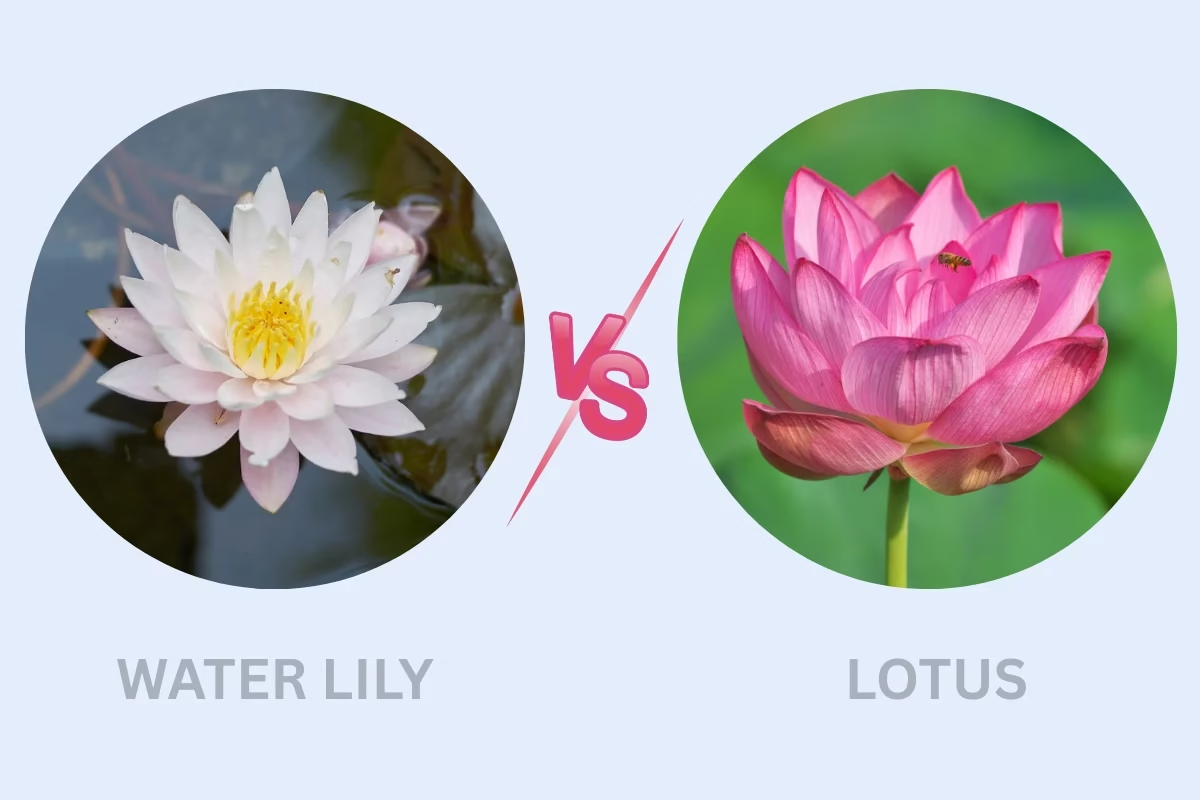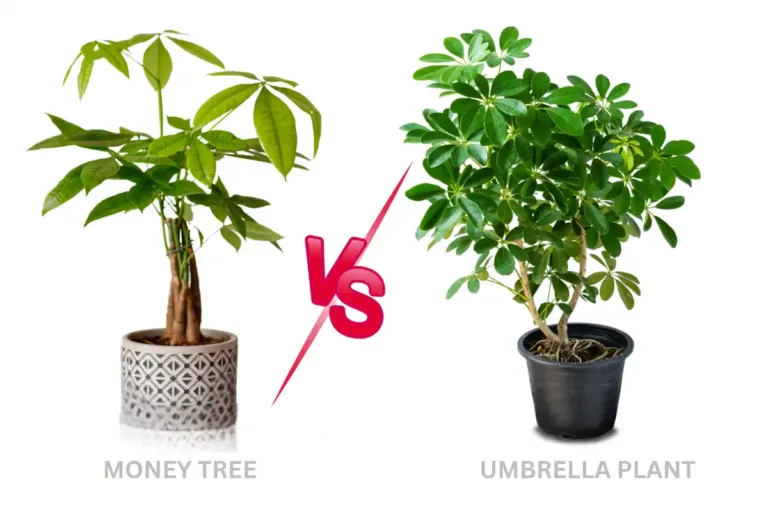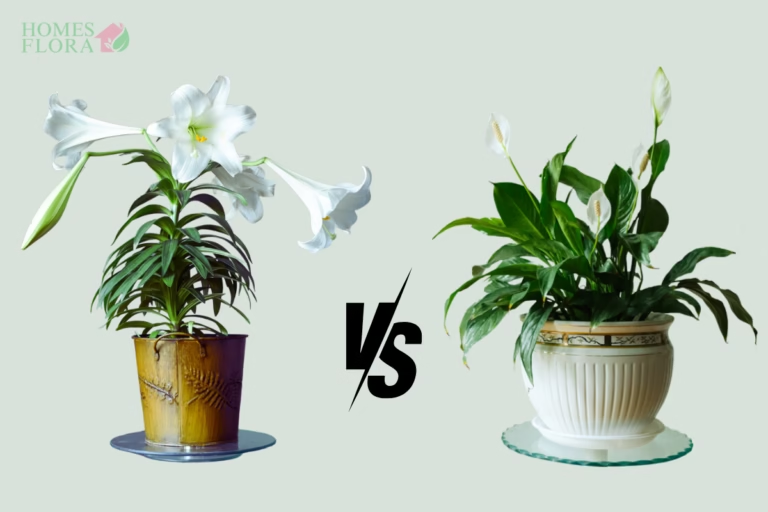Water Lily vs Lotus Symbolism: Which Bloom Belong Your Home?

Feeling torn between water lilies and lotuses? Here’s the poetic truth: Lotuses (Nelumbo) rise above muddy waters on tall stems, symbolizing spiritual enlightenment in Buddhism and Hinduism. Water lilies (Nymphaea) float serenely, representing purity and rebirth in Christianity and Ancient Egypt. The lotus’s unfolding petals mirror life’s journey, while the lily’s radiant reflection whispers tranquility. For gardens, lilies bloom longer; for sacred art, lotuses reign. Tell me—do you crave divine resilience (lotus) or quiet grace (lily)? Let’s decode their magic further!
Key Differences Between Water lily vs Lotus
Feature | Water Lily (Nymphaea spp.) | Lotus (Nelumbo nucifera) |
|---|---|---|
Scientific Name | Nymphaea spp. | Nelumbo nucifera |
Symbolism | Purity, rebirth (West) | Enlightenment , Buddhist/Hindu icon |
Light Needs | Full sun (6+ hours) | Full sun |
Water Depth | 6–18 inches | 12–48 inches |
Flower Position | Floats on surface | 1–6 ft above water |
Leaf Texture | Waxy, slit edges | Water-repellent, round |
Care Difficulty | Easy (for ponds), low maintenance | Moderate (needs warmth, pruning, fertilizing) |
Bloom Time | Day or night (varies by species) | Daytime only |
Toxicity | Non-toxic | Non-toxic |
Cold Climate Survival | Hardy in cool temperatures | Not suitable (needs warm water) |
Fast Growth | Quick coverage | Slow establishment |
Small Garden Ponds | Suitable (shallow water, low maintenance) | Not ideal (needs depth and warmth) |
Sacred/Spiritual Decor | Less symbolic depth | Highly symbolic in spiritual traditions |
Pet-Friendly Ponds | Yes (non-toxic) | Yes (non-toxic) |
Artistic Inspiration | Monet’s muse, photography | Mandalas, yoga themes |
Edible Parts | Mostly ornamental | Seeds and roots are edible |
Best For | Small ponds, quick beauty | Sacred gardens, spiritual symbolism |
Symbolism Showdown: Lotus vs Water Lily
Egyptian Symbolism – Sun God’s Sacred Bloom
The blue water lily (Nymphaea caerulea) was revered as a symbol of Ra’s daily resurrection, its petals unfurling at dawn and closing at dusk to mirror the sun’s cycle. Ancient priests brewed it in visionary rituals, believing its mild psychoactive properties opened portals to the divine. Temple art often depicted it alongside gods, reinforcing its role in spiritual rebirth.
Victorian Symbolism – Language of Purity
White water lilies became emblems of virginal innocence and refined eloquence in 19th-century Europe. They starred in Pre-Raphaelite paintings and bridal bouquets, their floating blooms whispering fleeting beauty in the era’s floral code. Monet’s obsession with them at Giverny later cemented their tie to tranquil reflection.
Buddhist Symbolism – Path to Enlightenment
The pink lotus (Nelumbo nucifera) is Buddhism’s ultimate metaphor for rising above suffering—its pristine blooms emerging from muddy waters unscathed. Meditators focus on its eight-petaled form, representing the Noble Eightfold Path. White lotuses symbolize mental clarity, often placed on altars as reminders of pure potential.
Hindu Symbolism – Throne of the Divine
In Hinduism, the lotus is Lakshmi’s sacred seat, its unfolding petals embodying spiritual and material abundance. Myths describe the universe birthing from Vishnu’s lotus-navel, while its self-cleaning leaves (water beads roll off) mirror the soul’s ability to stay unstained by worldly chaos.
Chinese Symbolism – Harmony & Integrity
Chinese art paired lotuses with herons to celebrate marital devotion, while Confucian scholars admired its unstained roots as a metaphor for moral resilience. Imperial gardens featured it as a living symbol of harmony, thriving in murky ponds yet radiating perfection.
Modern Symbolism – From Art to Wellness
Today, water lilies are loved for their calm beauty—like in Monet’s famous paintings—and are used in relaxing garden spaces. Lotuses, on the other hand, are symbols of strength in yoga and meditation, showing how beauty can grow from tough conditions. Lilies bring peace, while lotuses inspire personal growth—both help us feel better in today’s busy world.
Japan – Beauty That Doesn’t Shout
In Japan, people like quiet beauty. Water lilies grow in small ponds and show how life can be soft and calm. They remind people to enjoy simple things and accept change.
Thailand & Cambodia – Respect and Clean Heart
In Buddhist countries like Thailand and Cambodia, people give lotus flowers to temples. A closed lotus bud means someone is growing inside. An open one means the heart is pure. It shows respect and spiritual peace.
Native American Tribes – Water Spirit Flower
Some Native Americans believe water lilies protect lakes. They say the flower has a spirit that brings healing, love, and calm. It grows in quiet water, like a protector.
Wherever they grow, lotus and water lily always show one message: beauty can grow even in muddy water.
Related: Aglaonema Vs Dieffenbachia: Compare and Choose the Best One
Where to Keep Lotus and Lily in Your Home
You can use these flowers in your house, even if they are fake or in pictures. They help change how your space feels.
Lotus – For Strong Spirit
Water Lily – For Peace
Related: Agave vs Aloe Vera: How to Tell Them Apart Easily
Old Stories Behind These Flowers
Lotus and lily are in many old stories. They’re more than plants—they’re part of people’s faith and dreams.
Lotus – Born From the Gods
In Hindu stories, the lotus comes from the belly of the god Vishnu. It’s where the world begins. In Buddhism, when baby Buddha walked, lotuses bloomed under his feet. That’s why the flower means new life, pure mind, and freedom from pain.
Water Lily – From Sadness to Peace
One old story says a water spirit became a lily after losing her love. In Ancient Egypt, the blue water lily opened with the sun and closed at night. Priests used it in ceremonies. It means sun, rebirth, and going to the next life.
Both flowers grow in still water. Both start in the mud. But they bloom with light—just like we do after hard times.






